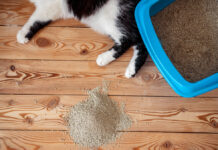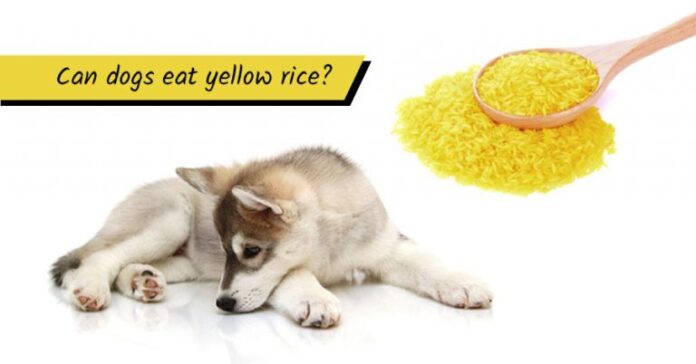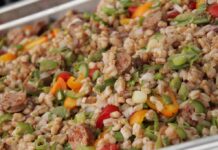If you’re wondering whether can dogs have yellow rice the short answer is yes – but with some important considerations. While plain white or brown rice is generally safe for dogs, yellow rice requires extra attention due to its seasonings and ingredients.
Understanding Yellow Rice and Your Dog’s Diet
Yellow rice gets its distinctive color from turmeric or saffron, along with other spices commonly used in its preparation. While turmeric itself can have anti-inflammatory benefits, some ingredients in yellow rice might not be ideal for your furry friend.
Benefits of Rice for Dogs
Before diving deeper into yellow rice specifically, let’s understand why rice can be good for dogs in general. As discussed in our dog nutrition guide, rice provides
- Easy-to-digest carbohydrates
- Good source of energy
- Helps with upset stomachs
- Contains beneficial minerals
Why Yellow Rice Needs Special Consideration
When asking if can dogs have yellow rice. we need to look at several factors
-
Spice Content
- Some yellow rice recipes contain onion or garlic powder
- Certain spices might cause digestive issues
- Salt content is often higher than plain rice
-
Additional Ingredients
- Butter or oils used in preparation
- Added vegetables or seasonings
- Artificial colorings in some commercial versions
Safe Ways to Feed Yellow Rice to Dogs
If you want to feed your dog yellow rice, here are some guidelines:
-
Prepare it Simply
- Use minimal spices
- Avoid onion and garlic
- Skip added oils or butter
-
Portion Control
- Start with small amounts
- Monitor your dog’s reaction
- Mix with regular dog food
Alternative Rice Options for Dogs
As Pet like boss suggests, there are safer rice alternatives for your dog:
- Plain white rice
- Brown rice
- Wild rice
- Rice mixed with plain chicken
When to Avoid Feeding Yellow Rice
Some situations where you shouldn’t feed your dog yellow rice:
- If it contains harmful spices
- When your dog has a sensitive stomach
- If the rice has added oils or fats
- When there are unknown ingredients
Making Dog-Friendly Yellow Rice
If you really want to give your pup yellow rice, here’s a safe recipe:
- Cook plain rice
- Add a tiny pinch of turmeric
- Let it cool completely
- Serve in small portions
Health Considerations and Warnings
Before feeding your dog yellow rice, remember:
-
Digestive Issues
- Watch for upset stomach
- Monitor stool consistency
- Check for allergic reactions
-
Nutritional Balance
- Rice should not replace regular dog food
- Use as an occasional treat
- Consider your dog’s overall diet
Expert Tips for Feeding Rice to Dogs
When considering if can dogs have yellow rice, follow these guidelines:
-
Preparation Methods
- Cook thoroughly
- Avoid seasonings
- Cool before serving
-
Serving Suggestions
- Mix with regular food
- Use as occasional treat
- Start with small portions
Common Mistakes to Avoid
-
Don’t:
- Add extra seasonings
- Serve hot rice
- Make it the main meal
- Use commercial yellow rice mixes
-
Do:
- Cook plain
- Monitor portions
- Watch for reactions
- Consult your vet
Special Considerations for Different Dogs
Different dogs may react differently to yellow rice:
-
Puppies
- Start very small
- Watch carefully
- Consult vet first
-
Senior Dogs
- Consider digestibility
- Monitor portions
- Check for reactions
-
Dogs with Health Issues
- Consult vet
- Consider alternatives
- Watch closely
Final Thoughts on Yellow Rice for Dogs
While dogs can have yellow rice, it’s important to be cautious and mindful. Plain rice varieties are generally safer options for your furry friend. Always prioritize your dog’s health and consult with your veterinarian if unsure.
Quick Summary
- Yellow rice can be safe in moderation
- Avoid harmful spices and additives
- Consider plain rice alternatives
- Monitor your dog’s reaction
- Consult professionals when needed
Remember, every dog is different, and what works for one might not work for another. Keep portions small, monitor reactions, and always prioritize your pet’s well-being over trying new foods.
Need more information about dog nutrition and safe foods? Visit Pet like boss for comprehensive guides and expert advice on keeping your furry friend healthy and happy.












